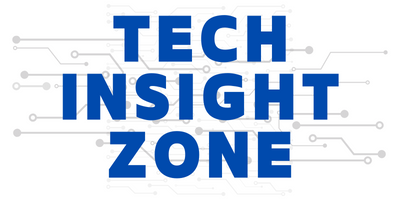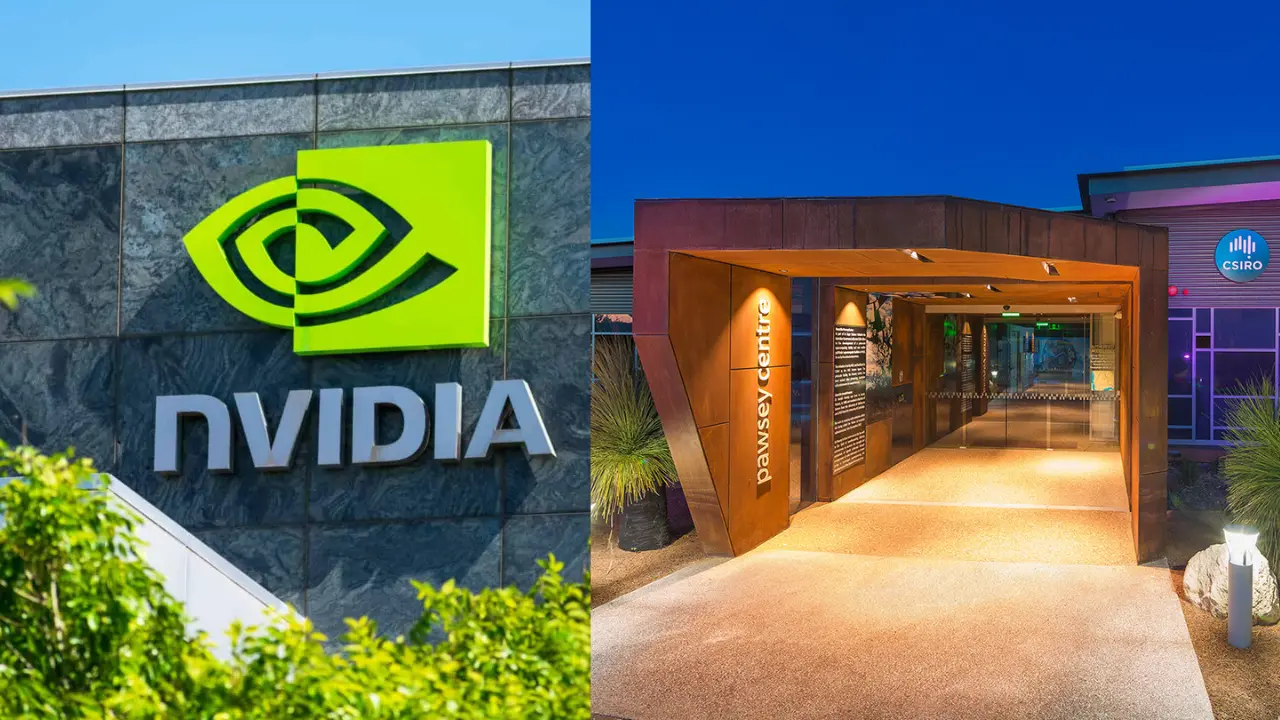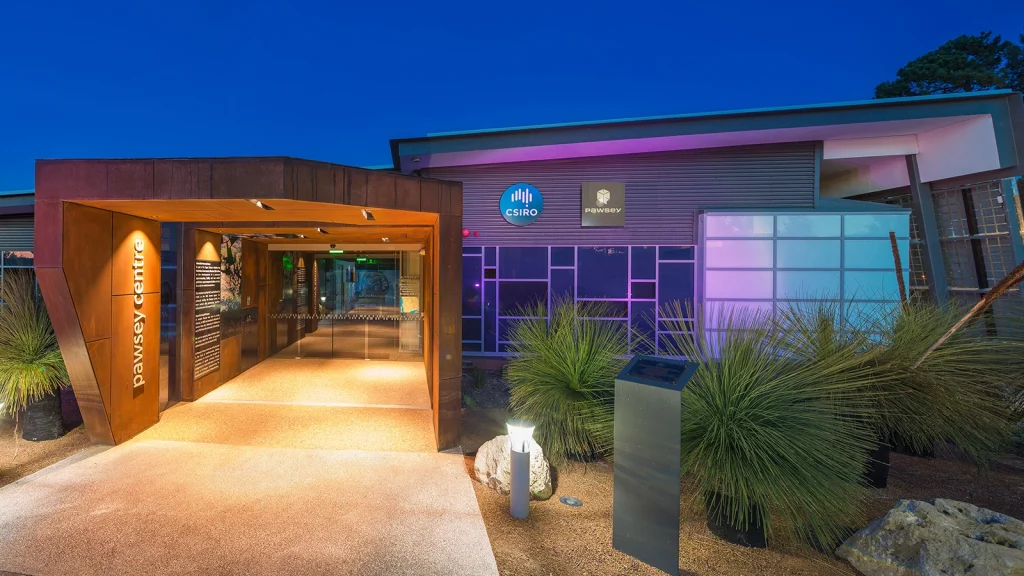Imagine a computer that can solve problems in hours that would take traditional machines centuries. Enter the realm of quantum computing, where the laws of physics bend to unlock unprecedented computational power.
This futuristic technology is no longer science fiction, and Australia is taking a bold step towards its future with the recent announcement that the Pawsey Supercomputing Centre will implement NVIDIA’s CUDA Quantum platform and Grace Hopper Superchips. (Collaboration Announced February 18, 2024)
But why is this collaboration so significant, and what potential does it hold for the future of science, technology, and society?
Breaking the Glass Ceiling of Traditional Computing
(Image- Pawsey Center)
Current computers, despite their impressive capabilities, operate on the principles of binary bits: 0s and 1s. Quantum computers, however, exploit the bizarre phenomenon of quantum superposition, where qubits (quantum bits) can exist in multiple states simultaneously.
This unlocks exponentially more processing power, allowing them to tackle problems deemed impossible for classical computers – from designing life-saving drugs to simulating complex molecules and materials.
However, harnessing this power presents significant challenges. Quantum computers are still in their early stages, prone to errors and requiring specialized programming tools. This is where NVIDIA’s CUDA Quantum platform comes in.
It’s an open-source platform that provides powerful simulation tools and programming capabilities for hybrid CPU-GPU-QPU systems.
Essentially, it allows scientists to run complex quantum simulations on traditional supercomputers like Pawsey, paving the way for testing and developing quantum algorithms before transferring them to actual quantum hardware.
But even the most sophisticated software needs a powerful engine to run on. This is where the NVIDIA Grace Hopper Superchips step in. These cutting-edge chips combine an Arm-based CPU with an NVIDIA H100 Tensor Core GPU, offering unprecedented performance and bandwidth for complex computational tasks.
It’s like putting a Formula One engine in a supercomputer, allowing scientists to run high-fidelity quantum simulations at previously unimaginable speeds.
And Australia is going to leap into the future…
Australia: A Frontrunner in the Quantum Race
By adopting these technologies, Pawsey isn’t just upgrading its hardware; it’s positioning itself as a global leader in quantum research. This collaboration holds immense potential for Australia:
a. Scientific Breakthroughs:
Quantum computing has the potential to revolutionize fields like medicine, materials science, and artificial intelligence. Pawsey’s research could lead to groundbreaking discoveries in these areas, benefiting not just Australia but the entire world.
b. Economic Growth:
The global quantum computing market is expected to reach $550 billion by 2030. By fostering innovation and attracting talent, Australia can tap into this lucrative market and create new high-tech jobs.
c. Global Collaboration: Pawsey’s commitment to making the Grace Hopper platform available to the global scientific community fosters international collaboration and accelerates the development of quantum technologies.
Beyond the Hype: The Challenges and Road Ahead
While the potential of this collaboration is vast, it’s important to acknowledge the challenges:
a. Quantum Supremacy:
While significant progress has been made, achieving sustained “quantum supremacy” (where quantum computers outperform classical computers for real-world problems) remains a significant hurdle.
b. Talent Gap:
Attracting and retaining qualified researchers and engineers is crucial for Australia to remain competitive in the global quantum race.
c. Ethical Considerations:
As quantum computing advances, ethical considerations like data privacy and potential misuse of such powerful technology need to be addressed.
Key Takeaways: A Quantum Leap of Faith and Opportunity
Australia’s commitment to quantum computing through the Pawsey-NVIDIA collaboration is a bold and visionary step. While challenges remain, the potential rewards are immense.
This is not just about technological advancement; it’s about positioning Australia as a leader in the next computing revolution, with the potential to unlock profound scientific discoveries, economic growth, and international collaboration.
The journey ahead will be complex, but with continued commitment and a focus on collaboration, Australia can truly take a quantum leap towards a brighter future.
As Australia pioneers the forefront of the next computing revolution, MSI and Ubisoft embark on a daring quest for treasure in the tech industry. As the land down under harnesses innovation and expertise, MSI and Ubisoft set sail, driven by ambition and determination.
Will their journey yield success amidst this era of technological evolution? Join us as we explore the intertwined destinies of Australia’s computing prowess and the adventurous spirit of MSI and Ubisoft.





